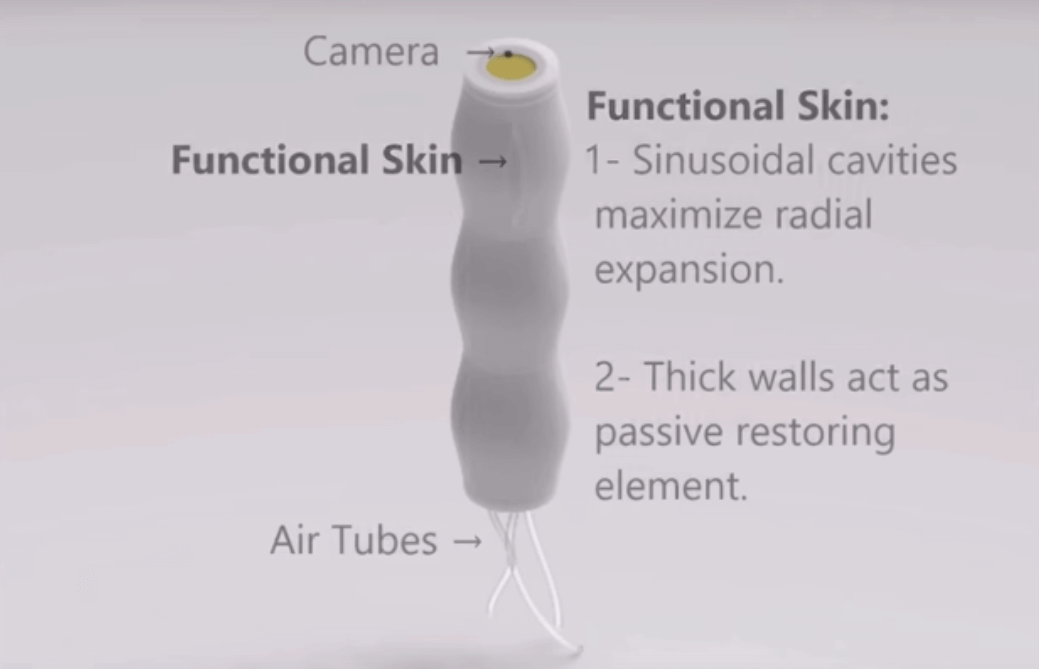An associate professor at the University of Colorado Boulder is developing a robot to make colonoscopies more comfortable for patients.
According to the National Cancer Institute, there’s been an estimated 95,520 new cases involving colon cancer in the United States over the last year. Although this form of cancer is typically treatable, getting diagnosed as quickly as possible is essential to winning the fight against this disease.
However, many people are reluctant to visit the doctor and be on the receiving end of a colonoscopy. The discomforting and borderline awkward methods to check for colon cancer is one that many patients would prefer to avoid. To shed the stigma surrounding this critical medical checkup, Mark Rentschler, an associate professor at the University of Colorado Boulder, is developing a new and more patient-friendly method for colonoscopies.
“Don’t get me wrong, the traditional methods work very well, but they’re not pleasant for the patient… You’re basically pushing a rope through a deformable tube and the rope only bends when you get enough force against a wall. That’s where a lot of the discomfort comes from,” he explained to The Verge.
Rentschler and his team are developing a robot that mimics natural movements inside the body, making a colonoscopy more comfortable. This worm-bot could someday replace the traditional colonoscope method.
How Rentschler’s Team are Improving the Colonoscopy
Rentschler is relying on peristalsis to move the robot. This process involves the natural, involuntary movement of muscles in the body. The robot relies on springs that are created using a shape-memory alloy. When heated, the alloy returns to its original shape. A small electric current is used for the metal to heat up and expand.
Once heated, a 3D printed silicon sheath and cooling air pushes the springs back into place. This will allow doctors to control the direction of the robot, which is equipped with a camera.
Before this robot can begin diagnosing cancer and saving lives, Rentschler and his team still have some work to do. The researchers are working to make the robot smaller in diameter and also speed up the process. Currently, the robot prototype moves six inches in 15 seconds. However, Rentschler wants to speed this up and aims to bring the average time down from 30 minutes to 20 minutes.
This potentially life-saving technology was on display at the 2017 IEEE International Conference on Robotics and Automation or ICRA this past month. The device is still in the prototype stage, but may soon find itself wriggling around your local hospital if the necessary improvements are made.

License: The text of "Worm-Shaped Robot Removes Discomfort from Colonoscopies" by All3DP is licensed under a Creative Commons Attribution 4.0 International License.